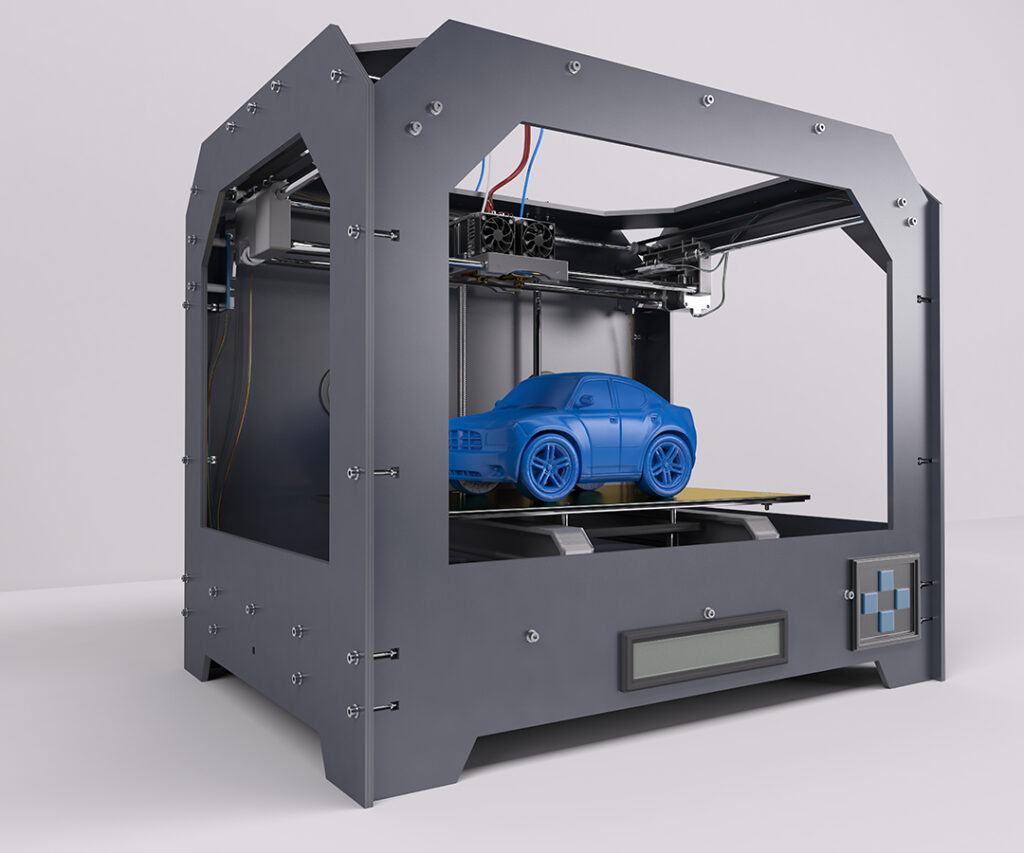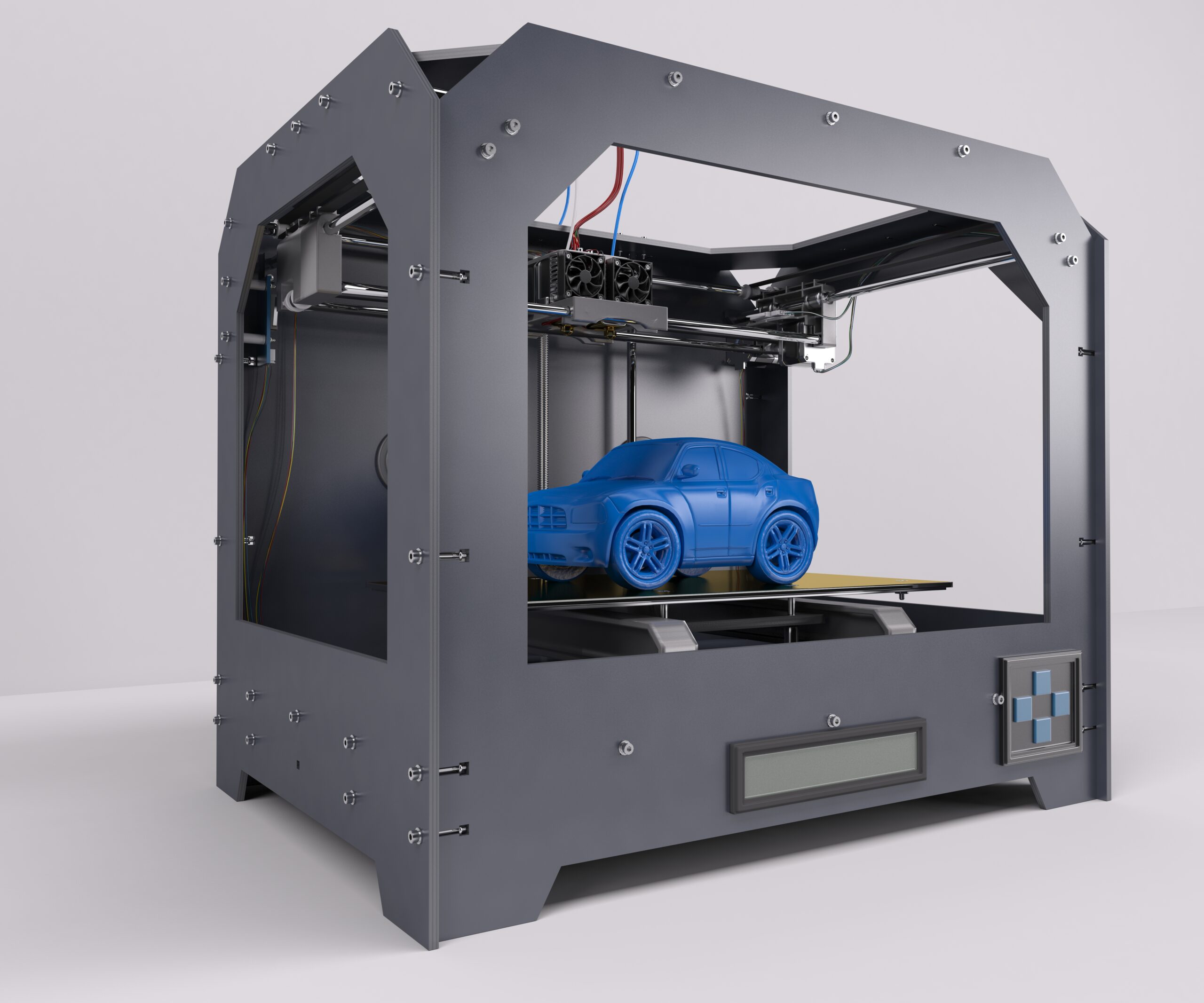
The automotive industry is undergoing a profound transformation, and at the heart of this revolution is 3D printing technology. 3D printing, also known as additive manufacturing, has emerged as a game-changing innovation, offering new possibilities and redefining traditional manufacturing processes. In this article, we delve into the role of 3D printing in automobile manufacturing, exploring the innovations it brings and the exciting possibilities it opens up for the future of the automotive industry.
**1. *Rapid Prototyping and Design Iterations:*
3D printing enables rapid prototyping, allowing car manufacturers to create physical prototypes of components and entire vehicles quickly. Designers and engineers can iterate on designs in a matter of days, accelerating the product development cycle. This speed and flexibility enhance creativity, leading to the creation of more innovative and efficient vehicle designs.
**2. *Customization and Personalization:*
One of the significant advantages of 3D printing is its ability to enable mass customization. Car parts can be tailored to meet specific requirements, allowing for personalized vehicle features. From interior components to external accessories, 3D printing empowers customers to customize their vehicles, enhancing user experience and satisfaction.
**3. *Complex Geometries and Lightweight Structures:*
Traditional manufacturing methods often have limitations when it comes to producing complex geometries and lightweight structures. 3D printing can fabricate intricate and complex parts that would be challenging or impossible to create using conventional techniques. This capability allows for the development of lightweight components, improving fuel efficiency and overall vehicle performance.
**4. *Spare Parts Manufacturing and Supply Chain Optimization:*
3D printing offers the ability to produce spare parts on-demand, reducing the need for extensive inventory storage. This on-demand manufacturing approach enhances supply chain efficiency, eliminates the risk of obsolete parts, and ensures a timely supply of components. As a result, vehicle downtime due to unavailable spare parts is minimized, improving overall operational efficiency.
**5. *Materials Innovation and Sustainability:*
The range of materials compatible with 3D printing continues to expand, including biodegradable and eco-friendly options. This innovation aligns with the automotive industry’s sustainability goals, reducing the environmental impact of manufacturing processes. Additionally, the ability to reuse and recycle materials in 3D printing contributes to a more sustainable approach to automobile production.
**6. *Production of Complex Assemblies and Prototypes:*
3D printing allows the fabrication of entire complex assemblies in a single print, eliminating the need for intricate assembly processes. This capability streamlines manufacturing and reduces labor costs. Moreover, 3D printing enables the creation of functional prototypes, allowing engineers to test and validate designs before mass production, leading to higher quality end-products.
In conclusion, 3D printing technology is revolutionizing automobile manufacturing by offering innovative solutions, from rapid prototyping to mass customization and supply chain optimization. As the technology continues to evolve, the possibilities for the automotive industry are limitless. By embracing 3D printing, car manufacturers are not only enhancing efficiency and reducing costs but also driving innovation and sustainability, shaping a future where the boundaries of vehicle design and production are pushed to new horizons.



